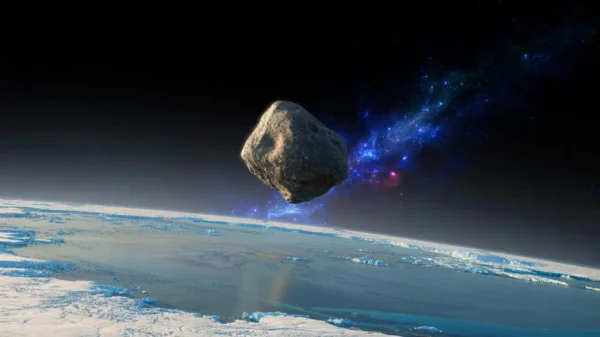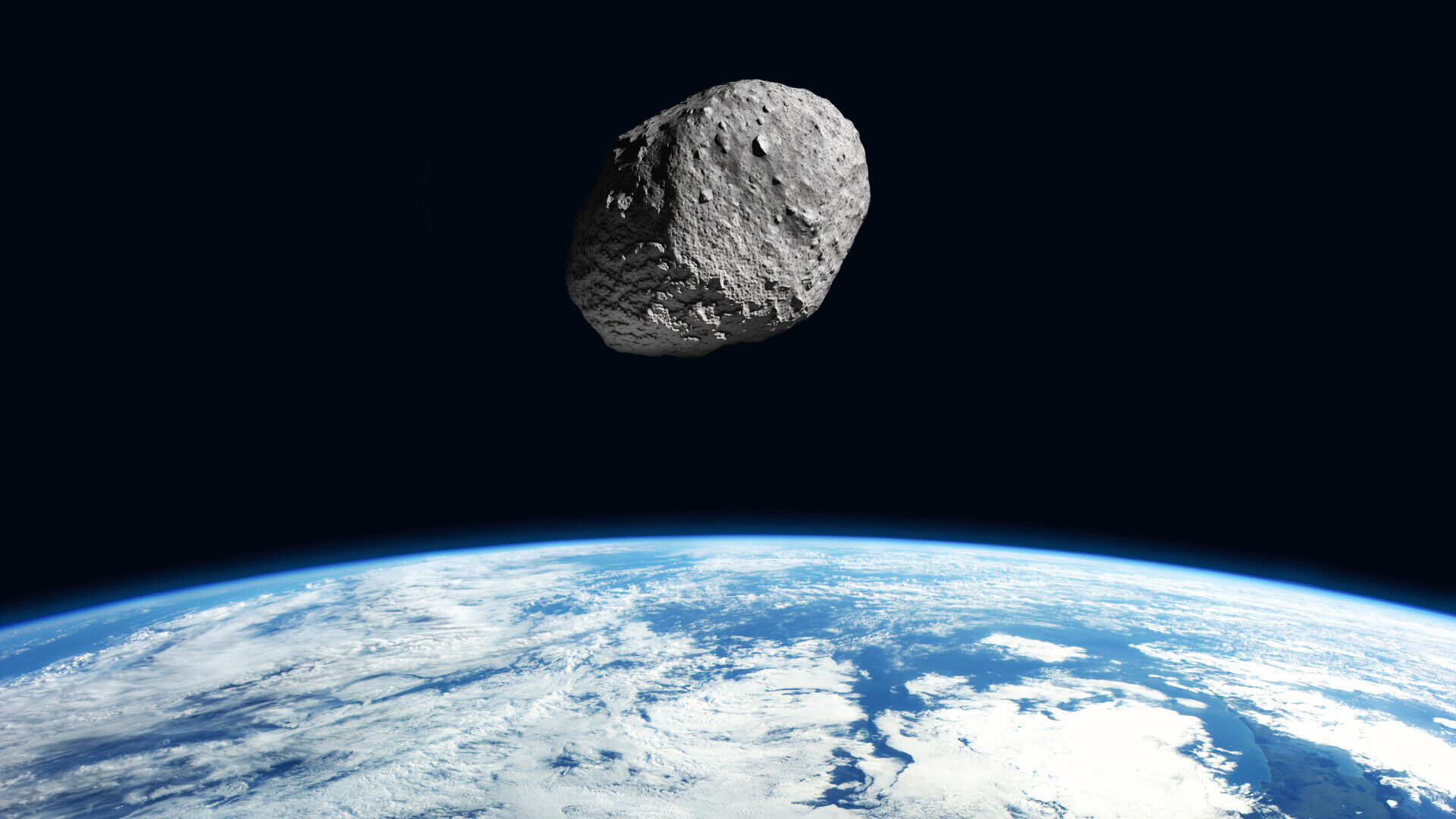Asteroid 2025 TF flew extremely close to Earth over Antarctica. Learn what happened, what it means, and how we track such space visitors.

A Close Encounter That Gripped the World
An asteroid named 2025 TF made a surprising and extremely close pass by Earth. The event captured global attention because the space rock came nearer than many of our communication satellites. Unlike distant cosmic events, this one unfolded right in our celestial neighborhood.
Visit America112 to follow more updates on such rare events.
Scientists say the asteroid was detected days before its flyby, leaving little time for observation. Its size was roughly comparable to a bus, but its speed and distance made the encounter thrilling for astronomers and ordinary people alike.
Why This Flyby Was Special
This was not just another asteroid sighting. 2025 TF’s trajectory brought it much closer than the Moon. Events like these remind us how dynamic and unpredictable our solar system can be.
In a previous post, we explored what happens when a solar storm causes global blackouts. Just like powerful solar events, asteroid flybys show how space can impact life on Earth in unexpected ways.
Such close passes offer valuable opportunities for space agencies to refine their detection systems. Every encounter provides new data that can improve future predictions and even shape planetary defense strategies.
Human Reactions Around the World
When news of the asteroid spread, social media lit up with both curiosity and concern. Many wondered what would happen if it actually hit Earth. Thankfully, there was no threat of impact, but the buzz reflected a deep human fascination with the unknown.
Events like this often lead to a surge in interest in astronomy. They encourage people to look up and think about our place in the universe. In fact, the excitement felt across the globe is similar to the thrill surrounding interstellar visitors like 3I Atlas entering our solar system.
Looking Ahead
The close pass of 2025 TF is a gentle reminder that Earth is part of a busy cosmic environment. Asteroids, comets, and other celestial travelers pass by more often than many realize. Each one is a chance to learn and prepare.
Space agencies continue to track thousands of near-Earth objects daily. As technology improves, we are better equipped to detect and respond to these encounters earlier. The flyby of 2025 TF will go down as another memorable moment in our ongoing story with the cosmos.
Final Thoughts
Moments like this make us pause and appreciate the vastness of space. They inspire wonder, caution, and curiosity all at once. Who knows what celestial visitor will pass by next?

